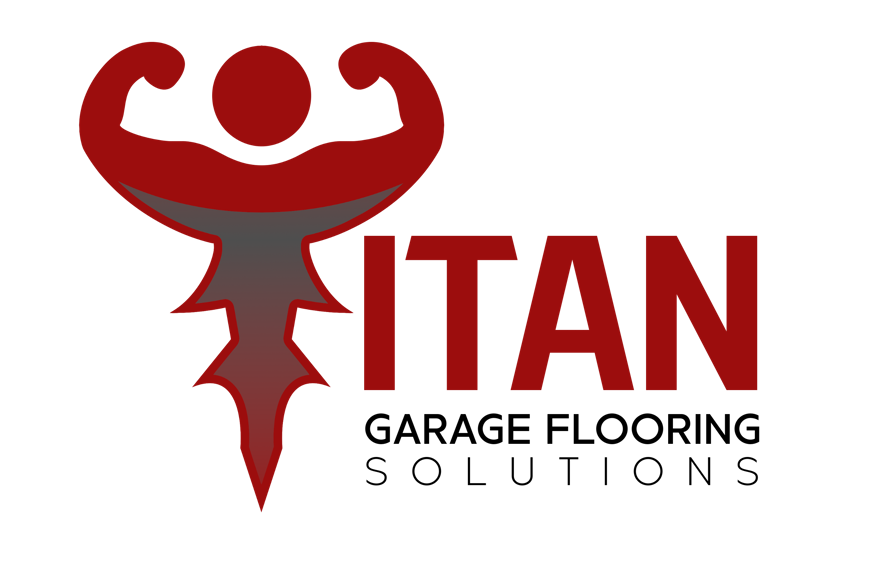People who continuously visit museums understand the role floors play at these locations. Museums’ visitors admire everything they see as part of the art, such as walls, floors, and art pieces. The flooring takes as much part of what’s appreciated; therefore, as a museum administrator, considering this is important.
The entire architecture and design of a museum must create a perfect mood full of contrasts and textures appealing to the eye. But they also must work together to focus on the things that matter, the pieces of art. Floors and walls are designed to guide and focus your attention on where the artwork is located. Thus, having the right flooring is essential.
The Challenge of Flooring a Museum
Choosing the right type of flooring for a museum takes quite a critical eye. There are multiple obstacles and challenges to overcome when flooring a museum. People don’t realize it, but one of the main components of a museum is the floor. That’s why museums today select modern and sustainable materials when they’re dealing with flooring renovation.
Strong But Elegant
A museum floor needs class and elegance; it must reflect the aesthetics of the whole place and the artwork. But it also demands strength and durability along with style and grace.
Thousands of visitors walk across a museum floor over the years. Tours from visitors have a direct impact on the museum’s floor durability and finish. So its flooring must withstand a large amount of weight and hit for an extended period. The right type of flooring has to be picked to ensure minimum wear and tear to accomplish this.
Choosing a Floor Material
There are numerous materials that museums can choose from to start their flooring experience. But some of them contain more cons than pros, making them inefficient and costly in the long run. Here are some examples museums should consider checking before choosing the appropriate material.
Hardwood
Pros: A floor made of wood can complement any museum’s look. It’s a natural material that blends perfectly with everything. Hardwood also increases the value of the place, and it’s easy to repair and refinish.
Cons: Water damage can completely ruin a hardwood floor, making it a costly investment. Also, it’s easily exposed to visible dents and scratches.
Vinyl
Pros: Vinyl also gives a natural and organic look and mood to a museum. It’s known for its durability and affordability when compared to other organic products. Vinyl is also resistant to fading and reasonably easy to install.
Cons: Vinyl can be dangerous and slippery whenever it gets wet. The least you want is a lawsuit if someone falls and gets injured. Just like hardwood, it can also be easily scratched, and it cannot be refinished.
Cork
Pros: Cork is a sustainable and renewable resource that serves as an eco-friendly choice. Its usage and popularity have grown over the last years, especially in colder climates with low temperatures. One of the best benefits for museums is the fact that cork can absorb sound.
Cons: Like hardwood and vinyl flooring, this type of material doesn’t mix well with water and humidity. It’s also easily stained, but visitors usually aren’t allowed to carry food, drinks, or objects that might cause a stain.
Concrete
Pros: Concrete flooring is probably the best option if a museum is looking for a durable and lifetime solution that’s also easy to maintain. Like cork, concrete is also a sustainable and eco-friendly material. It offers multiple color and texture options, and it’s easy to clean and maintain.
Cons: concrete can crack when exposed to heavyweight, and installation costs can be expensive and moneywise in the long run. All concrete cons can be solved using a floor coating compound like polyurea.
Polyurea’s Benefits
Polyurea is a synthetic polymer that it’s known for its versatility and durability. One of its multiple positive attributes is that it can adhere to a surface like concrete in different temperatures and humid environments.
Its setup is also fast (depending on the floor’s extension) and can be fully dry in 24 hours. This quick installation prevents museum owners from closing for several days and losing revenue.
Perhaps the essential benefit of polyurea for museum flooring is that it can counteract vibration and prevent cracks on concrete flooring. This characteristic is highly beneficial due to the weight visitors put on the floor when touring around the museum.
The Right Company For Your Flooring Solution – Titan Garage
Now that you know which floor and compound can benefit your museum the most, you only need a professional company for the installation. At Titan Garage Floor Solutions in Nashville, we’re experts on using polyurea as our innovative floor coating compound. With our help, your museum flooring can have positive lifetime results and durability. Learn more now about our museum flooring services.


